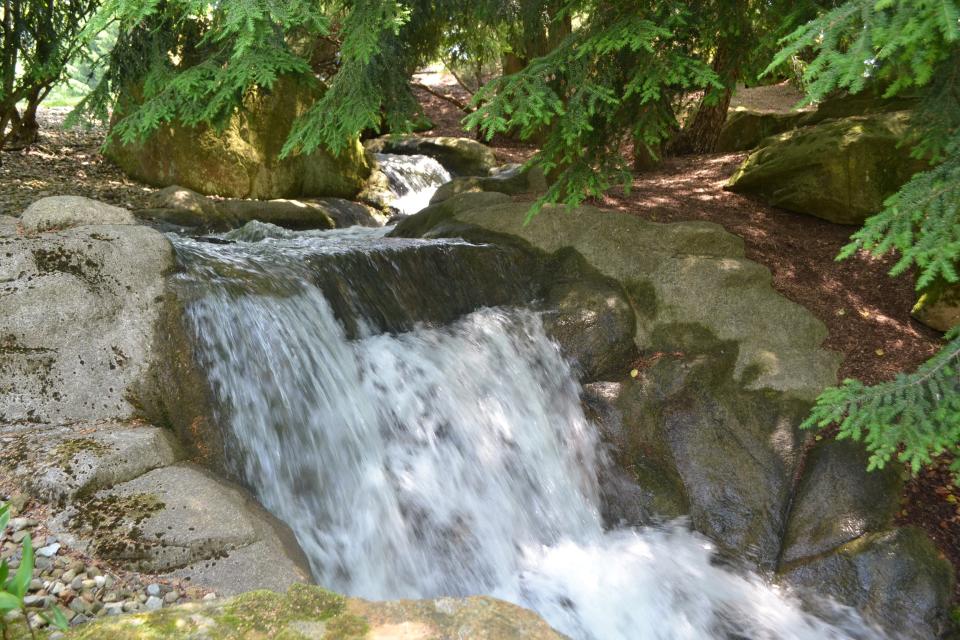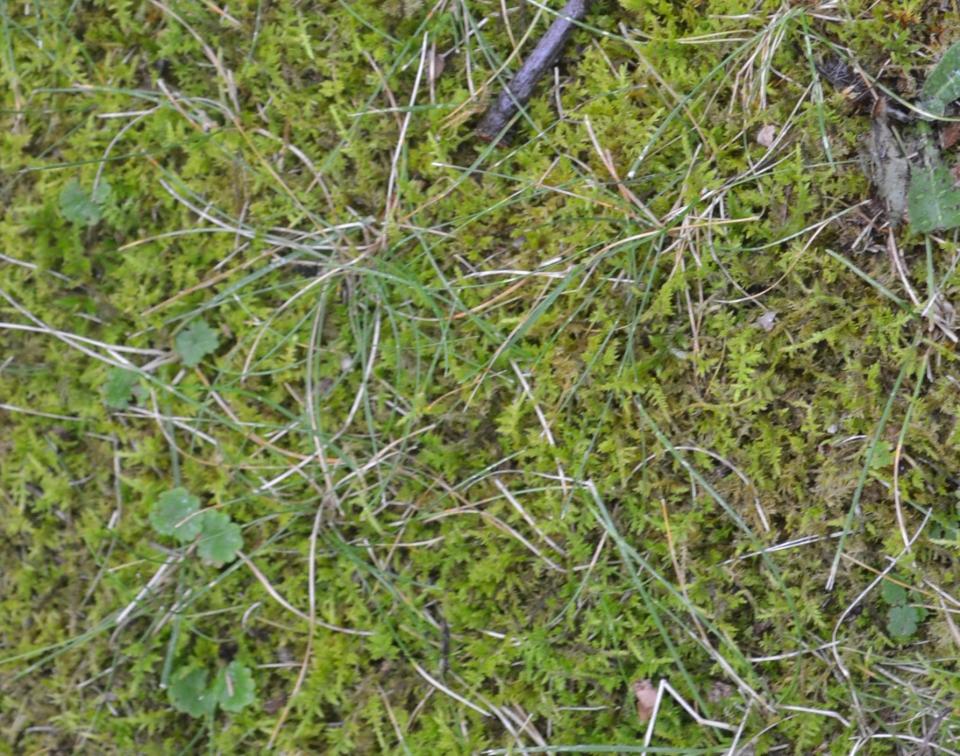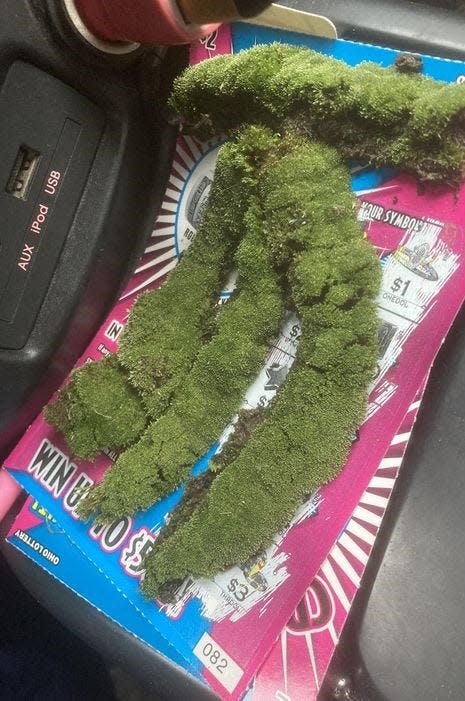A Stroll Through the Garden: The wisdom behind mosses as an alternative to lawns
A few weeks ago at the pool, a friend asked me how he could make his lawn look better. I know that I have answered this question in a number of forms, but there continues to remain the one answer that will provide the longest-lasting results.
Sharon, my wife, and I went on a short tour of Schnormeier Gardens near Gambier this past summer. When we got to Schnormeier Garden, it was particularly hot. There are a number of things that I took note of at Schnormeier. What I particularly enjoyed was the little tea house and shade garden that is just off the lake.
The waterfalls and streams were near this shaded area and a smaller water feature nearby is outstanding. One thing that I noted was the temperature drop between the hill where we were walking in the full sun to go to the pond and the tea house and shade garden. One could actually sit inside the tea house for a time. I could imagine just sitting there meditating.
There are 12,000 different species of moss averaging about 0.10-3.9 inches, with the tallest being about 20 inches. Mosses are small, non-vascular, flowerless plants that are in the unusual Bryophyta division. These mosses grow in dense green clumps or mats in damp or shady locations of which liverworts, lichens and hornworts are members. Moss leaves are generally one cell thick and not a sophisticated way of conducting water or nutrients into the plant.

First make a plan
Site evaluations should be made for decision making. Most mosses grow best in partial to dense shade, which means that the amount of sun during the day is critical. A tree’s leaf canopy determines the selection of the moss. Where you have a sunnier position over the rest of the garden, maybe you need a shrub or a rock to fill those positions. Soil tests are also important. The topography of the site also needs to be considered. Dips, humps and flat areas all need to be addressed individually.

This idea of having a serene botanical oriental garden may provide a wonderful alternative to patchy, yellow grass that is shallow rooted, with the knowledge that your lawn will not get any better over time. If we choose to solve our poor lawn with a mossy alternative, we shall need a plan. Before you begin making your own moss garden, you need to gather or acquire enough moss to fill in all the area in question. I have seen bales of moss available on a commercial basis.
Tips for planting a moss lawn
As with any landscape project, you must begin with demolishing what you currently have where the moss needs to go. Remove the area where the weeds, leaves and debris are located all the way down to the firm soil's surface. We need to have the bottom of the moss in contact with some form of soil. Scratching the surface of the soil lightly with a lawn rake will accomplish this goal. I also recommend as smooth and level a surface as possible to allow for a more consistent mass to be assembled. If your moss is dried, soak the moss in a bucket of water for a few minutes then firmly press the sections of the moss into the soil.
If your moss is already living and healthy, you do not need to soak it and can just press the moss clumps into the soil. Water the entire area thoroughly. To establish your moss gardens, keep the area moist for 4 weeks to 6 weeks while it establishes. Mosses can have different colors during the year during the season and depending on the moisture levels in the garden.
Moss gardens/lawns are very different from a traditional lawn in many aspects. If you choose to grow moss instead of a lawn, you will look back on this decision as a wise one when you consider the following changes. A moss lawn won’t grow much taller than 4 inches, so you can put away the old lawnmower for good. No more air pollution, noise pollution or insects killed by the mower blades. A moss lawn will also provide a great habitat for a diverse ecosystem. Salt-like fertilizers similar to 12 x 12 x 12 to feed your old lawn or pesticides that are applied to kill grubs or other pests is also illuminated.

Moss lawns are more durable than traditional lawns, if you apply the right moss to the right location, and do not need the manicuring of a traditional lawn. Weeding a moss lawn is essential to get the lawn to look right. In droughts you will need to water as the lawn would display. Tree leaves need to be removed from the moss lawn because the moss will rot faster than grass. Because moss has adapted to grow in poor soil, you will find that you will have an excellent lawn quicker than a grass lawn in a shady area.

If you walk on a grass lawn when you are first establishing it, you may harm the seeds, which is the opposite of a moss lawn if it gets light-foot traffic. When I have overseen lawn installations, I tell the homeowner that you need to water the lawn at least three times a week and more if you are having a drought. This is very different from what you need to do for a moss garden. Moss lawns are less expensive in many ways than your grass lawn.
If you see an issue in your garden as you stroll through this week e-mail me at ericlarson546@yahoo.com and I shall do the best I can answer them. You can find a link to my blog at ohiohealthyfoodcooperative.org. You can leave your comments there soon.
Eric Larson of Jeromesville is a veteran landscaper and gardening enthusiast and a founding board member of the Ohio Chapter of Association of Professional Landscape Designers.
This article originally appeared on Mansfield News Journal: The benefits of planting moss in your lawn

